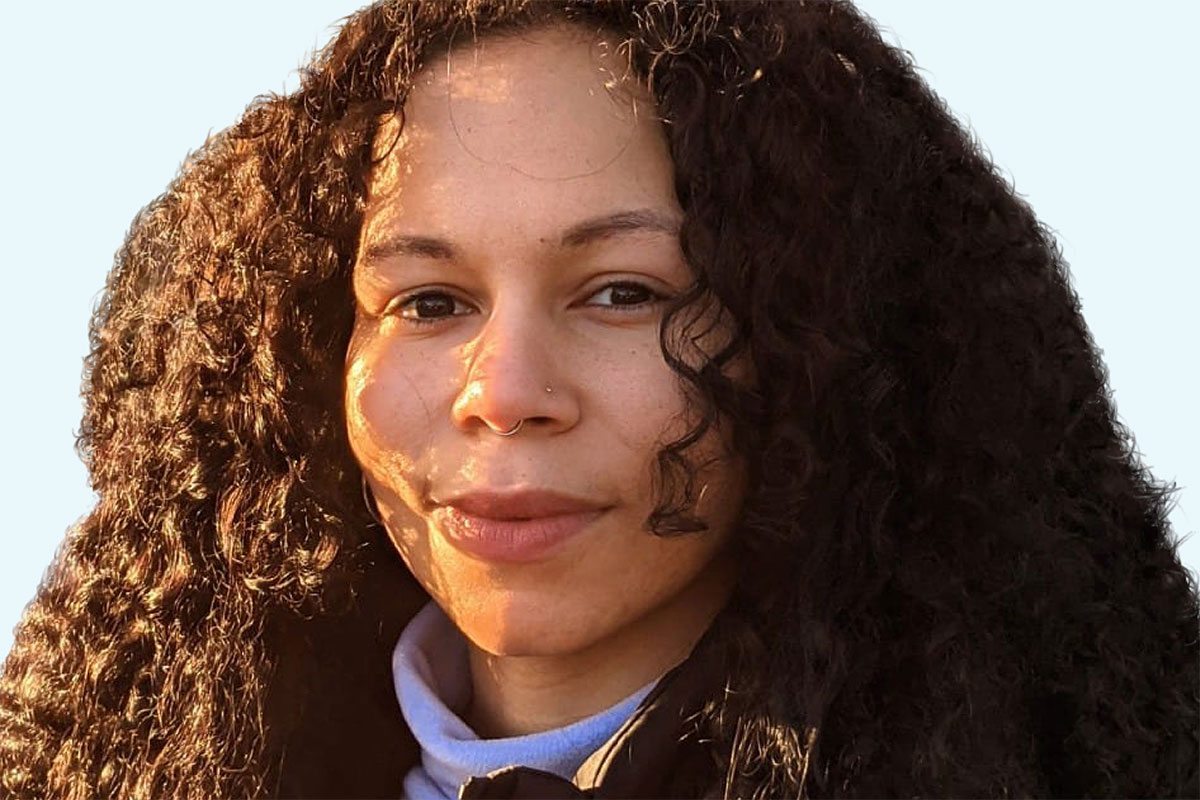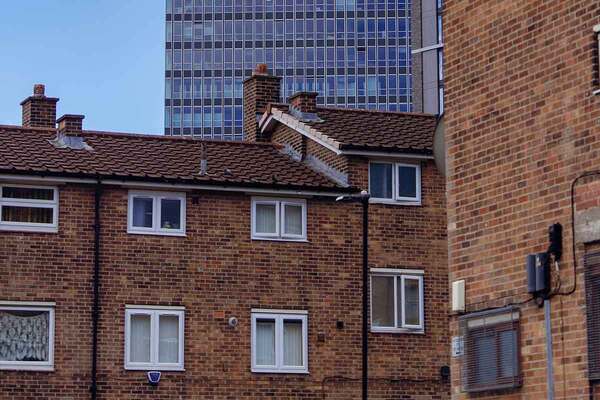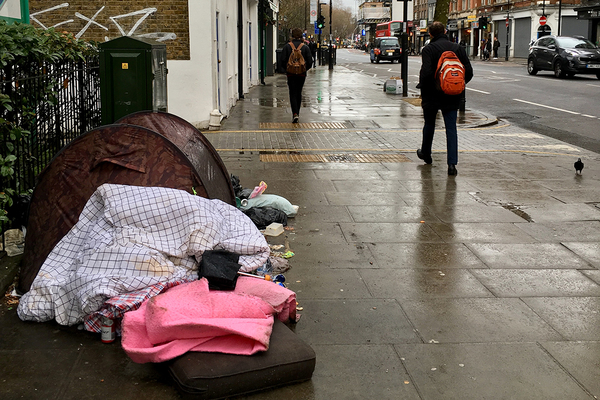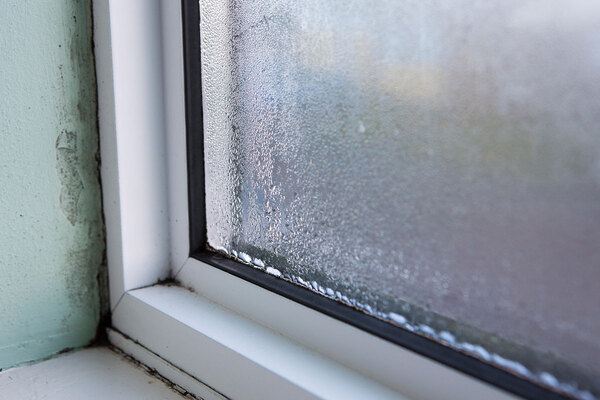You are viewing 1 of your 1 free articles
LGBTQ+ homelessness: the data hole that undermines services
Homelessness services for LGBTQ+ people know there is a serious problem with domestic and family abuse leading to people losing their homes, but governments in the UK are failing to collect the data that could lead to better services and an informed response. jane fae investigates
If a person is young and LGBTQ+, then they are at significant risk of homelessness compared with their straight and non-trans contemporaries. This has been understood for some time within those communities. Over the past five years, however, ground-breaking work by LGBTQ+ youth homelessness charity AKT has shone a light into the situation, and the picture is not pretty.
According to Jotepreet Bhandal, campaigns, policy and research lead at AKT, as many as 24% of young (aged 16 to 25) homeless people are LGBTQ+. Given that the best estimate of the current UK LGBTQ+ population is somewhere between 3% and 5%, this is significant.
Worse are some of the horror stories that AKT has uncovered about family abuse in a YouGov survey of young people who had experienced any sort of homelessness in the UK in the prior five years.
A warning that the following points may be upsetting:
- Just 13% of LGBTQ+ young people surveyed felt supported by parents or step-parents while homeless
- Almost two-thirds (61%) felt frightened or threatened by family members before they became homeless
- One in six – or 16% of – respondents were forced to engage in non-consensual sexual acts by family members before becoming homeless. A similar number reported this happening with a romantic partner
- Almost one-fifth (17%) of LGBTQ+ young people felt like they had to have casual sex to find somewhere to stay while they were homeless
These are shocking statistics, but we do not know the true extent of the problem. Statistics from the Department for Levelling Up, Housing and Communities (DLUHC) on statutory homelessness in England breaks down the homeless population by cause of homelessness, age, ethnicity and sexual orientation.
English homelessness statistics categorise people as “straight” or “homosexual”. I mention this to the chief executive of one major LGBT charity. Their response? A long, weary sigh. Because while the word homosexual is not exactly a slur, it is a medicalised term that most people working in the area know not to use. The wording in the official statistics also specified “gay” and “lesbian”, but there is no mention of bisexual.
Gender identity is not identified in English homelessness statistics, even though AKT’s research suggests that within the LGBTQ+ community, it is trans young people who are currently suffering the most. DLUHC confirms to Inside Housing that local authorities are instructed to collect data on gender identity. The official question asks people to identify as “male”, “female” or “transgender”. But most trans people would be unlikely to tick that last option.
There are other limitations: you can look at the extent to which ethnicity has impacted homelessness status. Or sexuality. But there is not any interaction between these categories, even though there is plenty of evidence that there is an intersectional dimension to this issue.
Reverend Jide Macaulay, founding pastor of House of Rainbow Fellowship, a safe space for the spiritual growth and inclusion for Black LGBTQ+ people, explains: “Black and people of colour [often] face homelessness because of the families’ emphasis of their religious beliefs that homosexuality is wrong and an abomination against God. This is particularly the case for many LGBTIQ Christians, or those raised in a religious household.”
Gathering statistics
Scottish homelessness statistics currently track age, ethnicity and a reason for homelessness, but there is nothing on LGBTQ status. A Scottish government spokesperson says: “At present, we do not collect information about gender identity or sexual orientation as part of our homelessness statistics. However, we are reviewing how we gather this information, including whether to collect details of protected characteristics.”
Wales, by contrast, does collect detailed data. Its summary includes data on homelessness that is due to violence or harassment which is racially motivated, due to gender reassignment (gender identity), or due to sexual identity/orientation.
Inside Housing sent Freedom of Information (FOI) requests to around 200 councils and received 143 responses. We wanted to find out:
- Whether councils accepted a responsibility to provide housing in cases of domestic abuse that were motivated by transphobia or homophobia – because Inside Housing has encountered multiple instances of LGBTQ people telling us how they had been knocked back by local authorities
- Breakdowns of LGBTQ homeless people housed by local authorities
- Evidence that councils had the training and awareness in place to handle the needs of this group
Individual councils are collecting some data. Manchester is known for its thriving LGBTQ community. Manchester City Council and a number of authorities in the surrounding areas collect additional data.
“If frontline [staff] do not know how many of their ‘clients’ are LGBTQ+, that speaks volumes. Putting that right begins with awareness of how to ask”
However, none of the responding councils could not provide details on the number of LGBTQ homeless people they had housed, stating that the information is not required by central government.
Wiltshire Council is not currently collecting data. However, local Liberal Democrat councillor Helen Belcher, who is transgender, investigated further and tells Inside Housing that the person she spoke to in the council’s housing department raised transphobia as a reason they see people become homeless.
However, she adds: “The system they use, Civica, doesn’t allow them to record the types of abuse being experienced, but they are going to talk to Civica about enhancements which would allow this to happen.”
Housing associations’ approach
In 2017, six housing associations funded a report on LGBTQ+ residents’ experiences, called No Place Like Home?. The survey of 260 people found that LGBTQ+ social residents were often “hypervigilant” around their neighbourhood and home. One in five gay men said they modified their home to make their sexuality less visible if a repairs person or landlord representative was visiting.
Clarion, L&Q and Riverside, three of the funders of the research, tell Inside Housing that they have since implemented initiatives, such as better data collection, staff awareness training and, crucially, the creation of safe spaces where LGBTQ+ tenants can come together to discuss issues and solutions.
If data collection is an issue, so too is staff awareness of the matter and the impact this has on the people they are trying to help. Because despite the top-level findings from organisations focused on this issue, the figures coming through in the statistics Inside Housing could find do not reflect this at all.
One clue may be found in the English statistics, which suggest that just 2% of those identified as homeless are lesbian, gay or bisexual (remember: it does not count trans homelessness). However, when asked about sexual orientation, almost 30% of those surveyed were classed as “prefer not to say” or “not known”.
This is not at all surprising to those working in this sector. AKT has warned of serious disconnects between housing services and potential clients, with young LGBTQ+ homeless people not applying to councils – and are wary of disclosing their identity when they do.
“It is not reasonable to expect young people traumatised by abuse and violence to open up about their LGBTQ+ status to strangers they have no reason to trust,” says Carla Ecola, managing director of The Outside Project, an LGBTIQ+ shelter and domestic abuse refuge.
The Scottish LGBT Youth Commission on Housing and Homelessness backs this up, reporting that young people were not presenting as homeless to local councils because they did not know how to interact with the system. Those who did were frequently fearful of coming out to support services. Many did not want to discuss their sexuality or gender at open desks.
Steven McIntyre, chief executive of Stonewall Housing, says: “The key thing is knowledge. If frontline practitioners do not know how many of their ‘clients’ are LGBTQ+, that speaks volumes. Putting that right begins with awareness of how to ask and confidence that they can do so without giving offence. Equally important is doing so in the full knowledge that they are asking the question for reasons that are positive and will not lead to further discrimination against the individual.”
Sebastian Rocca founded charity Micro Rainbow to support LGBTQI asylum seekers in need of housing. He tells Inside Housing how, before his organisation was involved, LGBTQ+ asylum seekers from countries such as Uganda would regularly be housed with other non-LGBTQ+ refugees from the same country. This process failed to understand that anti-LGBTQ+ attitudes are endemic in Uganda and therefore housing the two groups together could – and sometimes did – lead to serious homophobic or transphobic incidents in what were meant to be safe places.
In numbers
3-5%
Estimate of UK population who are LGBTQ+
<10%
Councils that gave LGBTQ+ awareness training to staff, according to Inside Housing FOI request
24%
Percentage of young homeless people who are LGBTQ+, according to AKT
2%
Homeless people who stated they were either lesbian, gay or bisexual, according to English statistics
13%
LGBTQ+ homeless people who felt supported by parents
30%
Homeless people whose sexual orientation was “not known”, according to English statistics
Awareness training
The FOI request found that less than 10% of councils had provided specific awareness training around LGBTQ+ people or issues to homelessness staff. Providers of that training include Stonewall, LGBT Youth Scotland, and Ty Pride and Viva LGBT in Wales.
“The organisation has a commitment to equalities and provides training which is regularly reviewed to ensure staff are aware and conversant with the Equality Act and the protected characteristics”, was a typical response, in this case from Barrow-in-Furness Borough Council.
Lancaster Council, meanwhile, says: “Our decisions, processes and investigations are conducted with the public sector equality duty in mind.”
Some in the sector remain sceptical. Mrs Ecola from The Outside Project is outspoken in their belief that LGBTQ+ homelessness will, in the end, only be tackled by providing LGBTQ+ organisations with the resources to do that – not by endless awareness training of cis and straight people.
“The only data I believe the UK government need to read about the housing needs of the LGBTIQ+ community is that there are currently zero complex-needs beds, zero substance-detox/rehab beds, zero domestic-abuse beds and zero over-25 beds,” says Mrs Ecola. “The Outside Project is self organised and a short-stay crisis shelter, but many people become stuck here because they are too vulnerable to live independently or in accommodation that is not LGBTIQ+ specific and there are still zero housing options.”
That said, as long as we cannot even produce an accurate official estimate of the size of the problem, solutions remain a long way off.











